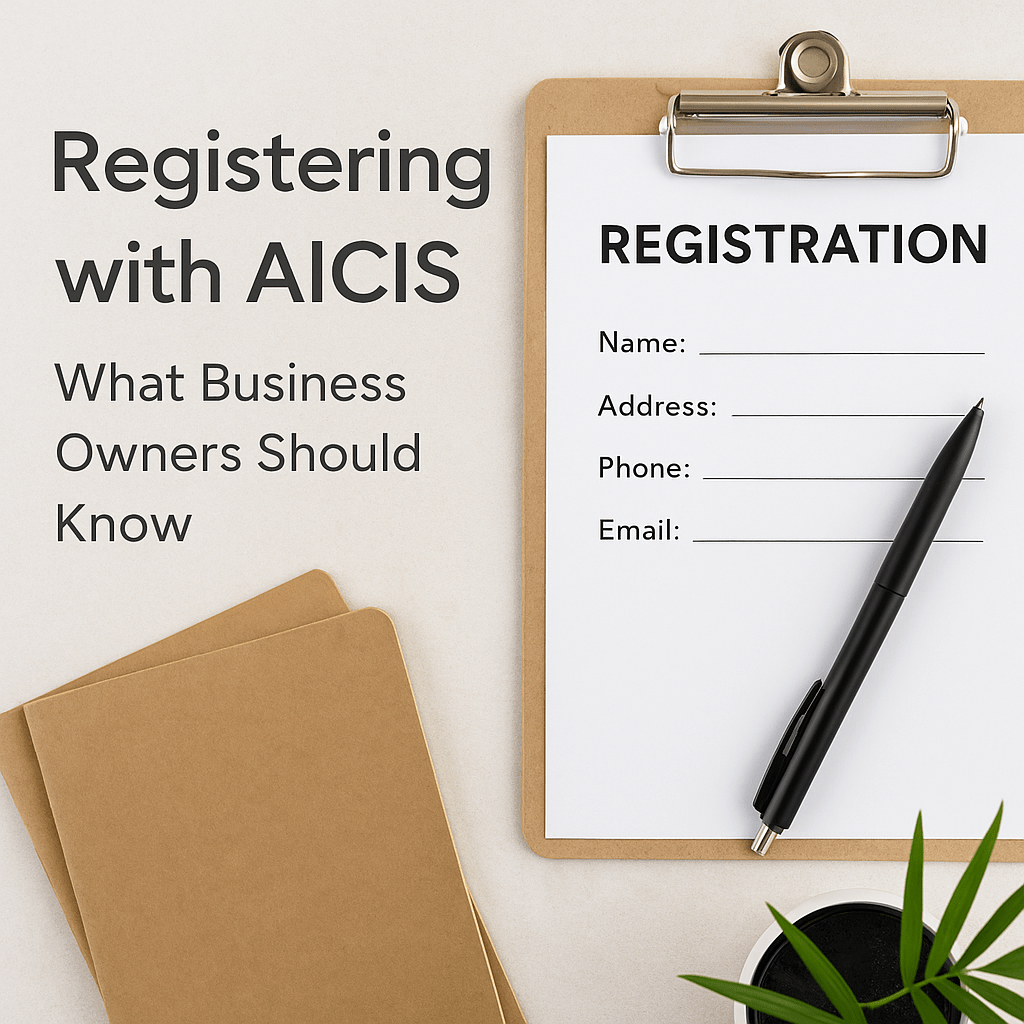Are you a skincare enthusiast who loves creating your own cosmetics and skincare products at home? If so, one of the most important steps to ensure your homemade creations are safe, effective, and long-lasting is keeping your tools impeccably clean.
Using dirty or contaminated equipment can not only ruin your batches but also introduce bacteria and irritants that may harm your skin. In this guide, we’ll walk you through easy, safe, and effective methods to clean your DIY cosmetic tools, so you can craft with confidence every time.
Why Cleaning Your DIY Tools Matters
When you’re mixing your own creams, serums, or makeup, your tools come into direct contact with your ingredients. Residue from previous batches or environmental contaminants can lead to spoilage, bacterial growth, and even skin irritation or infections.
Proper cleaning ensures:
-
Your products stay fresh and last longer
-
Your skin stays healthy and irritation-free
-
You maintain a hygienic workspace for all your creations
Step 1: Remove Excess Oil and Debris
After each use, start by wiping down your tools with a clean paper towel or lint-free cloth. This removes any leftover oils, powders, or debris that can harbor bacteria or affect your next batch.
Take your time to absorb all visible residue—this simple step prevents buildup and makes deep cleaning more effective later.
Step 2: Soak in Hot, Soapy Water
Next, fill a basin with hot water and add your favorite gentle detergent or dish soap. Immerse all your utensils and tools fully.
Use a soft washcloth or brush to scrub each item thoroughly, focusing on crevices, edges, and any spots where product tends to accumulate. This step breaks down stubborn residues and oils that wiping alone can’t remove.
Step 3: Rinse with Processed or Ultra-Pure Water
Wondering what processed water is? It’s water that’s been purified through processes like demineralization or filtration to remove impurities, minerals, and contaminants. Ultra-pure water undergoes even more rigorous treatment to ensure maximum cleanliness.
Rinsing your tools with processed water ensures you’re removing all soap residue and leftover dirt without introducing new contaminants. This is a crucial step especially if you’re serious about cosmetic or skincare formulation.
Step 4: Disinfect by Soaking in Hypochlorite Solution
To really kill any lingering bacteria or fungi, soak your cleaned tools in a properly prepared hypochlorite solution (follow the manufacturer’s instructions for dilution and timing).
This is an essential step if you’re manufacturing products in bulk or planning to sell them, as it maintains high hygiene standards and prevents contamination.
After soaking, rinse your tools again with processed water to remove any traces of the disinfectant.
Step 5: Final Wipe with Polysorbate Alcohol Before Use
Before your next batch, give your tools a final wipe-down using Polysorbate alcohol and a clean cloth.
Polysorbate alcohol is a powerful cleansing agent that removes any lingering residue or dirt, ensuring your tools are 100% contamination-free. This extra step guarantees that your next cosmetic or skincare batch starts with pristine equipment.
Bonus Tips for Maintaining a Clean DIY Workspace
-
Always store your cleaned tools in a dry, dust-free container or area
-
Clean your workspace regularly to avoid cross-contamination
-
Wash your hands thoroughly before handling ingredients or tools
-
Avoid touching tools with bare hands once they’re clean to maintain sterility
Ready to Start Your Next DIY Cosmetic Creation?
Proper tool cleaning might feel like extra work, but it’s the foundation for making safe, beautiful products you can trust. Take the time to follow these steps, and you’ll protect your skin, extend your product’s shelf life, and enjoy every moment of your cosmetic crafting journey.
Have fun experimenting with new recipes, and don’t forget to share your gorgeous creations with us on social media—we love seeing your DIY magic!



